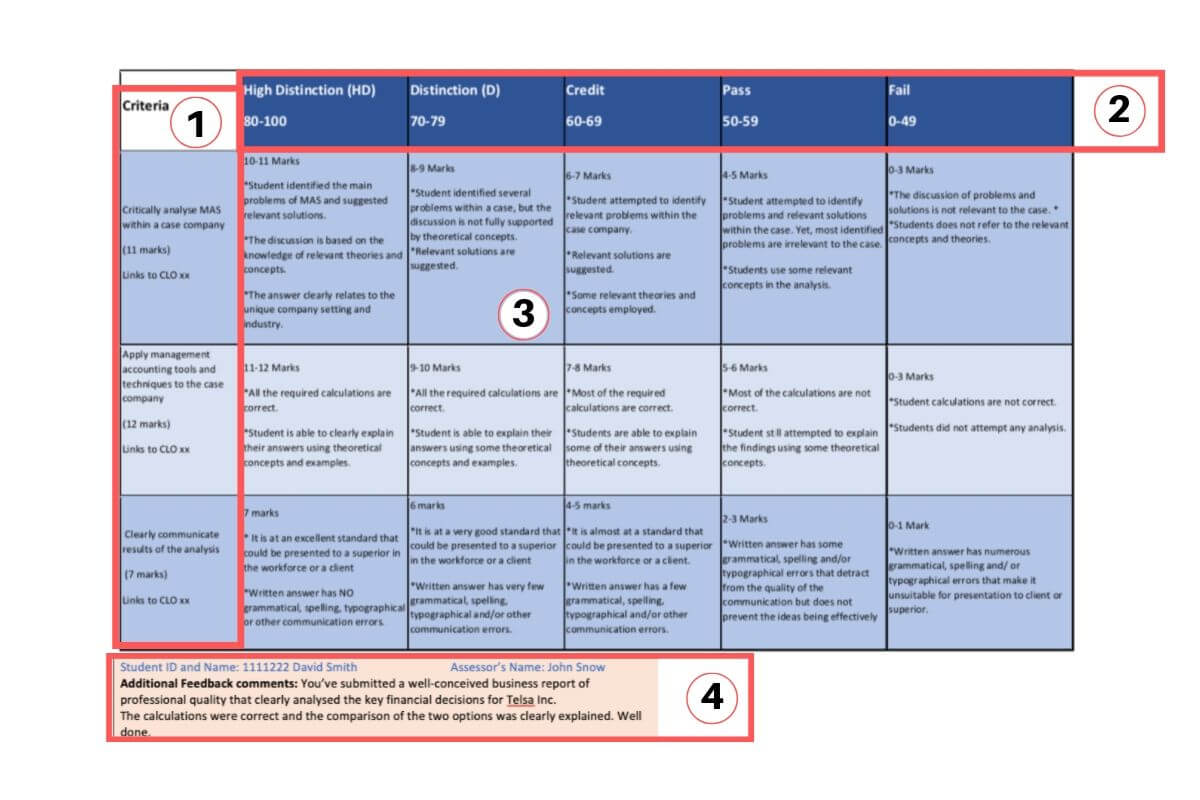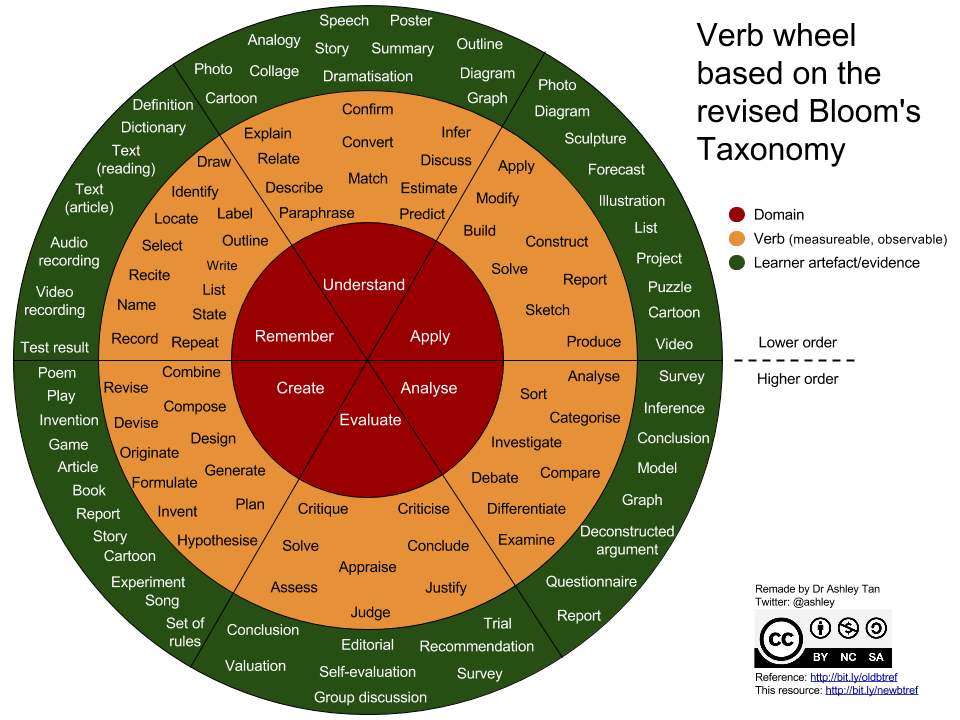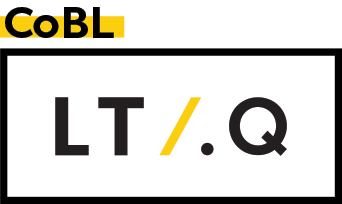Rubrics
A foundation of feedback.
purpose
To highlight the value of using assessment rubrics for teaching staff and students.
A rubric, also known as a grading guideline, or marking scheme, is a document that provides a detailed explanation of how student work will be assessed (Dunn et al, 2004).
Besides being a scoring tool, rubrics also represent the closing link between Program Learning Outcomes (PLOs), Course Learning Outcomes (CLOs) and assessment: the constructive alignment process. In this sense, rubrics demonstrate RMIT’s contract with the student has been met.
benefits for teachers
To highlight the value of using assessment rubrics for teaching staff and students.
A rubric, also known as a grading guideline, or marking scheme, is a document that provides a detailed explanation of how student work will be assessed (Dunn et al, 2004).
Besides being a scoring tool, rubrics also represent the closing link between Program Learning Outcomes (PLOs), Course Learning Outcomes (CLOs) and assessment: the constructive alignment process. In this sense, rubrics demonstrate RMIT’s contract with the student has been met.
For educators, using rubrics can:
- provide the foundation for feedback to students
- improve marking objectivity, consistency and efficiency, both across different standards and across student cohorts
- decrease queries from students about assessments
benefits for students
Benefits for Students
- explicit criteria and standards
- clarity in expectations of what is required
- guidance in identifying the performance gap between their submitted work and the desired standard
- a framework from which to develop an understanding, and make judgements about, the quality of their work.
rubrics support the feedback process
Regular feedback is the most powerful way to enhance students’ learning (Department of Education and Training 2018). Students need frequent opportunities to articulate what they know and receive suggestions for improvement. Feedback that occurs during learning is active and supports students in gauging their progress and improving their outcomes.
rubrics provide timely feedback
Assessment feedback has the most impact and meaning to students when it is provided in a timely fashion.
Rubrics:
- clarify the goals, criteria and the expected standards that are aligned to the course learning outcomes within an assessments
- enable the development of self-assessment through reflection
- encourage teacher and student conversations about learning
- encourage positive motivation and self-esteem.
RMIT policy recommends the provision of feedback within 10 working days of a deadline. (RMIT University 2018)
RMIT Policy relating to feedback and rubrics

Students predominantly seek feedback for two reasons:
- To find out what they are doing well so they can continue doing it
- To find out where they are performing poorly so that they know where to focus their efforts to improve
building rubrics
Exactly how do you create rubrics?
In its simplest form, a rubric is composed of a table with four sections:
- A column listing the key criteria the assignment aims to assess i.e. what counts. These criteria should closely align to the CLOs.
- A performance rating scale to rank the levels of achievement, highest to lowest (RMIT predominately uses the Higher Ed grading schema). A range of marks is allocated to each part of the scale.
- Columns of performance descriptions showing very clear differences in why each grade level is allocated a different numbers of points
- Personalised written (or audio) feedback to the student.

When constructing your rubric, the following questions should be considered (Kinash & Knight p 53)
- Why did you create the assignment? Think about the purpose of the assessment, the learning activities related to the assessment, and its alignment with the CLOs
- What specific learning outcomes will students achieve upon completion of the assessment task? List these outcomes and vary them according to student’s abilities at different levels. This can be fed-forward into the descriptors at the performance levels.
- Which of the dimensions would you consider most valuable? Prioritising these will help you determine their weighting.
When identifying the right verbs to use in your rubric’s descriptors, it’s important to align these to your Course Learning Outcomes (CLOs). Below is a diagram of a verb wheel, based on Bloom’s taxonomy, along with a table that displays common verbs at the same cognitive level.

references
- Blooms taxonomy verb wheel, viewed 16 August 2018 link
- Department of Education and Training 2018, Feedback and reporting, viewed 16 August 2018, link
- Dunn, L, Morgan C., O’Reilly, M. & Parry, S. 2004, The student assessment handbook: New directions for traditional and online assessment. Abingdon, Oxon: Routledge Falmer.
- Kinash, S, & Knight, D. 2013, Assessment at Bond.Gold Coast, QLD: Office of Learning and Teaching, Bond University.
- RMIT University 2018: Assessment Processes, August 2018, viewed 14 August 2018 link
- Stevens, D.D, & Levi, A.J. 2005 Introduction to rubrics: An assessment tool to save grading time, convey effective feedback and promote student learning. Sterling, VA: Stylus Publishing.
downloadable resources and helpful links
Visit us

